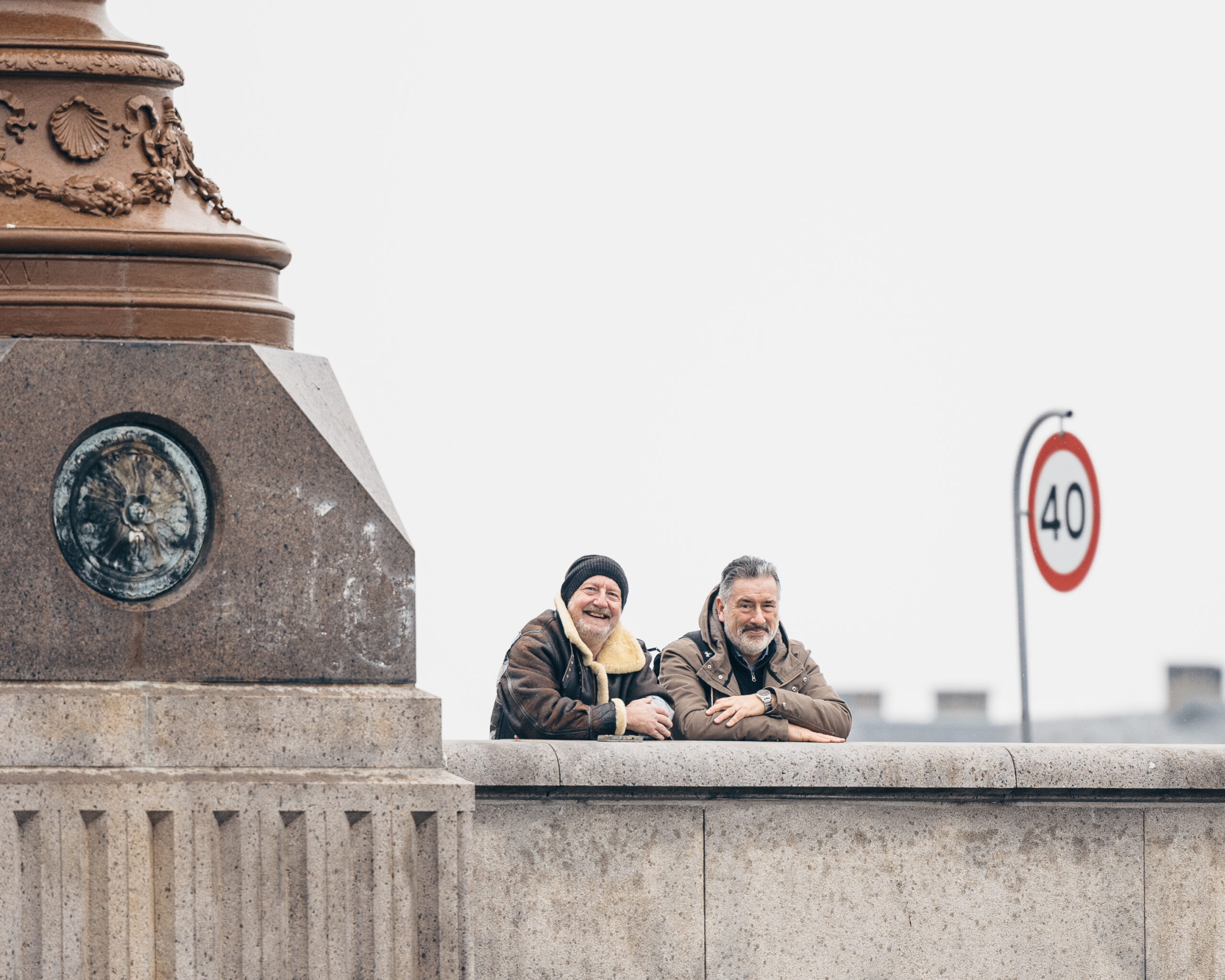Frederiksborg Castle in Hillerød, a small town about 25 kilometres north of Copenhagen, is the kind of imposing pile that tourists, especially Americans, picture when they think about castles in Europe. Sitting majestically on three small islands in the middle of a lake, the brick and copper structure with its forest of green towers and spires surrounded by colourful Baroque gardens looks like nothing less than a Disney movie come to life.
Although the oldest parts of the castle were built by Frederik II around 1560 – hence the name – the current structure was mostly built in the early 1600s by Christian IV and resembles buildings of similar vintage that he built throughout Copenhagen.
The castle is Hillerød’s main – okay, only – tourist attraction. It dominates the town’s skyline, and is visible from just about everywhere on the high street, which makes it hard to understand why the busloads of tourists that come to have a look insist on standing in the middle of road to take pictures before crossing the wooden and brick bridge that leads up to the castle.
 The locals have that odd Danish relationship with Frederiksborg: they recognise its value as a tourist attraction – nearly every business in town is called ‘Slots (the Danish word for castle) something-or-other’ – but they often treat it like it is just another old pile of bricks. Youngsters have no problem scattering beer cans around the parks surrounding the castle or urinating against its walls. The castle lake looks picturesque from a distance and in the chamber of commerce shots, but after a busy summer weekend the litter around the shoreline can take away a bit of the fairy dust.
The locals have that odd Danish relationship with Frederiksborg: they recognise its value as a tourist attraction – nearly every business in town is called ‘Slots (the Danish word for castle) something-or-other’ – but they often treat it like it is just another old pile of bricks. Youngsters have no problem scattering beer cans around the parks surrounding the castle or urinating against its walls. The castle lake looks picturesque from a distance and in the chamber of commerce shots, but after a busy summer weekend the litter around the shoreline can take away a bit of the fairy dust.
Inside, the magic of the past returns. The palace church is in regular use and looks just like you would expect a palace church to look like, with stained glass windows, coats of arms and impressive altar. It is easy to imagine a princess gliding up the aisle to be joined with her prince in wedded bliss. The church is in fact booked many years ahead for weddings by those wanting that fairy tale moment.
The main castle houses a history museum that includes many pieces of antique furniture and paintings owned by various iterations of the Danish royals. There is a lot of stuff stuffed inside the walls and rooms and a tour, available for a small admission fee, feels like a walk through a very classy attic.
The place is constantly being renovated – it is old and very big – so there are often scaffolds and drop cloths covering certain sections. In the summer, the castle is sometimes used as an outdoor concert venue and the courtyard fills up with Danes listening to one of the country’s inexplicably popular pop acts. A short ride up the motorway from Copenhagen, or an easy 35 minute train ride gets you to Hillerød to see Scandinavia’s largest remaining Renaissance castle.
Stay
Someplace else. There is only one small hotel in Hillerød and it’s expensive. Frederiksborg is really the only tourist attraction in town, and both the beaches and Copenhagen are a distance away, so choosing a spot in the capital and making a day-trip to Hillerød would offer visitors the best of both worlds. Alternatively, try Helsingør further east or the coastal areas to the north.
 Do
Do
After visiting the castle and taking the tour to see the artwork, take a walk down Hillerød’s high street. Northern Zealand is a well-heeled part of Denmark, so the shops are upscale, the shopping mall is modern and the town square is situated perfectly on the castle lake. It truly is a lovely example of a Danish town.
Eat
There are the usual selections of Danish chain restaurants in Hillerød. Avoid them. Opt instead for one of the locally owned cafés like Valentin or Vivaldi. Brunch is all the rage in Denmark these days, and these two both do a decent weekend all-you-can eat feast at a reasonable – for Denmark, anyway – price.











